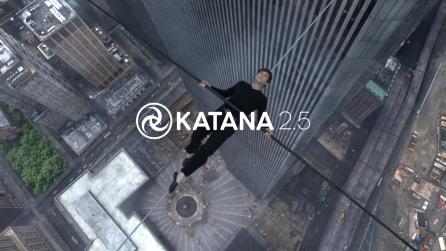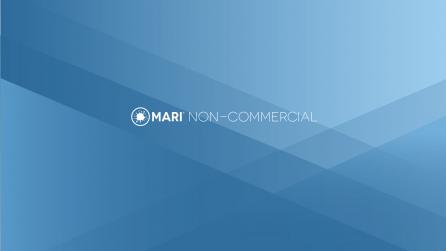News
Foundry releases Modo 10.2
Modo 10.2 includes revamped MeshFusion and automatic retopology.

Today, Foundry launches Modo® 10.2, offering powerful new updates for procedural modeling, retopology, rendering and more. Honed through customer insight, the new tools streamline the asset creation process for 3D artists and designers, bringing more speed and efficiency to a famously intuitive program.
MeshFusion has been completely revamped in 10.2, making it even easier to cut, combine and intersect geometry. Guided by a new schematic-free workflow, Modo's advanced Boolean toolset will now automatically launch and reorder a model’s underlying tree structure whenever an edit is made. Along with cleaner outputs and enhanced viewport visibility, MeshFusion is more user friendly than ever before.
Modo 10.2 is the final release in the Modo 10 Series, Foundry’s first multi-part offering that has accelerated the speed at which users receive major updates. Geared for professionals and beginners alike, the Modo 10 series has provided new features and improvements for the games, VR and product design markets since its launch in March, including the popular procedural modeling toolset.
The closer we get to freeform creativity, the more our users win, no matter what industry they are in. Modo 10.2 has been designed with artists in mind. It’s fast, powerful and easy to use.
Derek Cicero, Head of Industrial Design, Foundry
Additional features in Modo 10.2
Automatic retopology
Creating quad meshes at any density is now automatic, removing the need for manual cleaning. The meshes will not only follow the curvature of an input surface, but can be controlled by weight maps and sketched guide curves, increasing artistic input whenever they want to creatively refine assets.
Procedural modeling enhancements
Users now have the ability to package, share and reuse assembly aliases, turning what can often be a complex set of mesh operations into a single item that users can share as presets. Slicing, drilling, cloning and duplicating tools have also been added/updated, bringing more production standards into the procedural modeling workflow.
Deformer caching
Deformations and mesh operations can now be cached and held in memory, so artists working on complex animations can scrub the timeline significantly faster.
Rendering enhancements
The Preview Renderer and Advanced Viewport have received significant performance improvements; while the new ability to use arbitrary meshes as light sources offers an exciting new lighting workflow that can easily represent difficult shapes such as filament bulbs.


